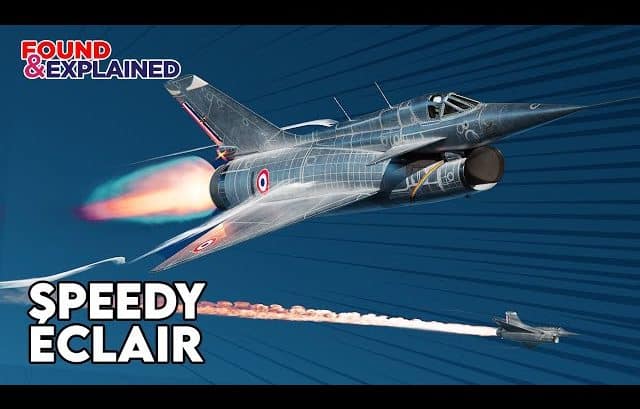On October 5, 1959, the Russian embassy in France sent out communication that the West had a new fighter jet and it was the world’s fastest fighter plane. But it wasn’t the Americans that developed this plane, but the French.
Radical Design
In the early 1950s, with the ever-present threat of Russian supersonic bombs, the French looked for new ways to intercept them.
Thus, the government started a competition with various aerospace firms. It should have at least a speed of Mach 1.5 and take off from grass airstrips.

The French decided that the Nord 1500 would be an engine platform first and a Soviet bomber interceptor second, which was reflected in its insane design.
Air intake for its potent engine system would have to be massive to funnel as much unobstructed air to the ram jet as possible. This air intake would fuel the ram jet and its turbofan- technically two different engines in one small plane.
The plane is also a delta wing, pushing it faster with lower drag. Its massive nose cone would also house an advanced radar, and there were two canards side by side.

Raising the Heat
Setting the world record for the fastest jet fighter, this also made the Soviet Supersonic Bomber Program obsolete overnight.

Its secret to success is the impressive dual propulsion engine system – a ramjet and turbofan that can push beyond Mach 3.
Cancellation
The Griffon could potentially fly Mach 3 and easily beat the MiG-25 Fox Bat. However, several issues came up. The material of the plane was melting due to the sheer amount of heat the engines provided.

Consequently, a superfast Ramjet fighter was deemed unnecessary for conflicts in Algeria and Vietnam.
Aftermath
On the bright side, much of the research was put into the development of the aircraft and even the test pilot would transfer to a passenger version of the plane that would eventually become the iconic Concord- setting world records again.



